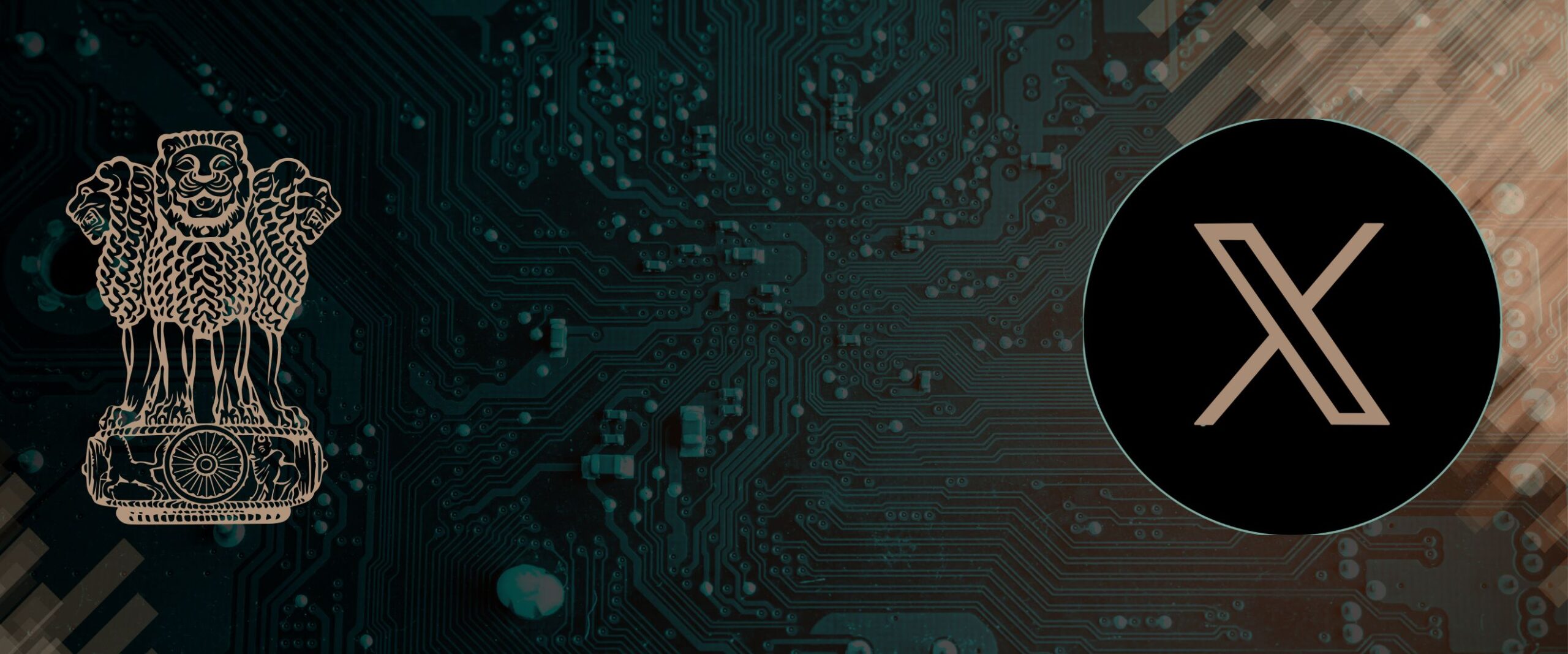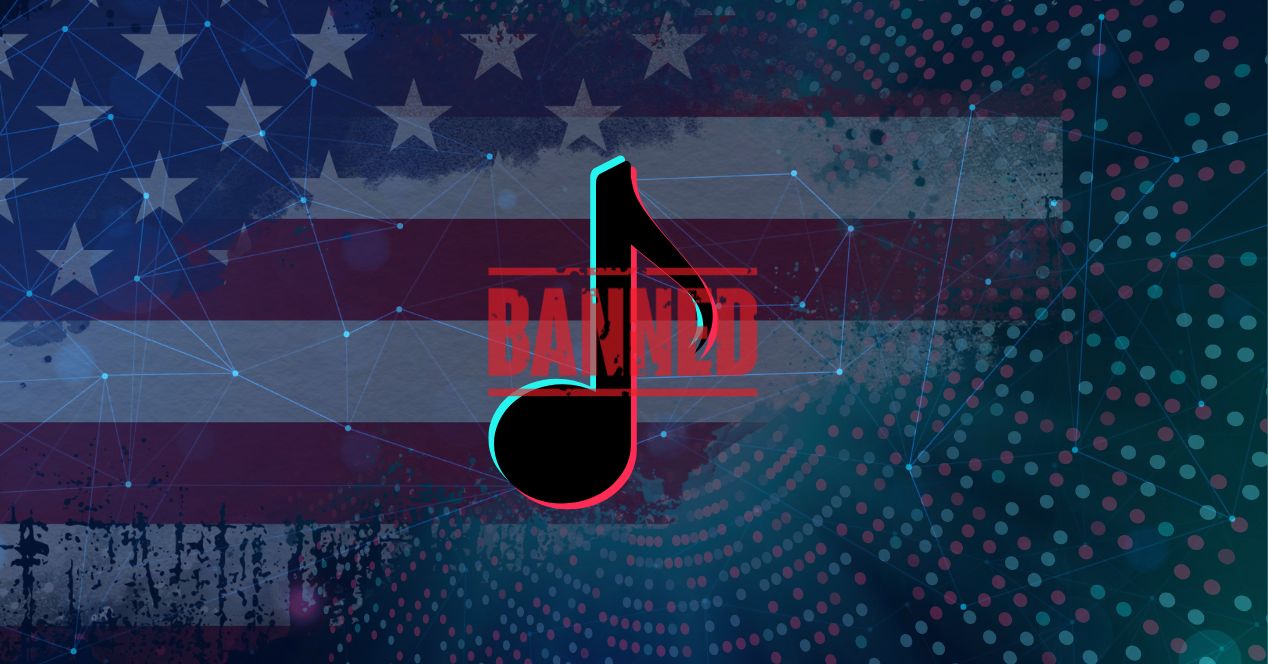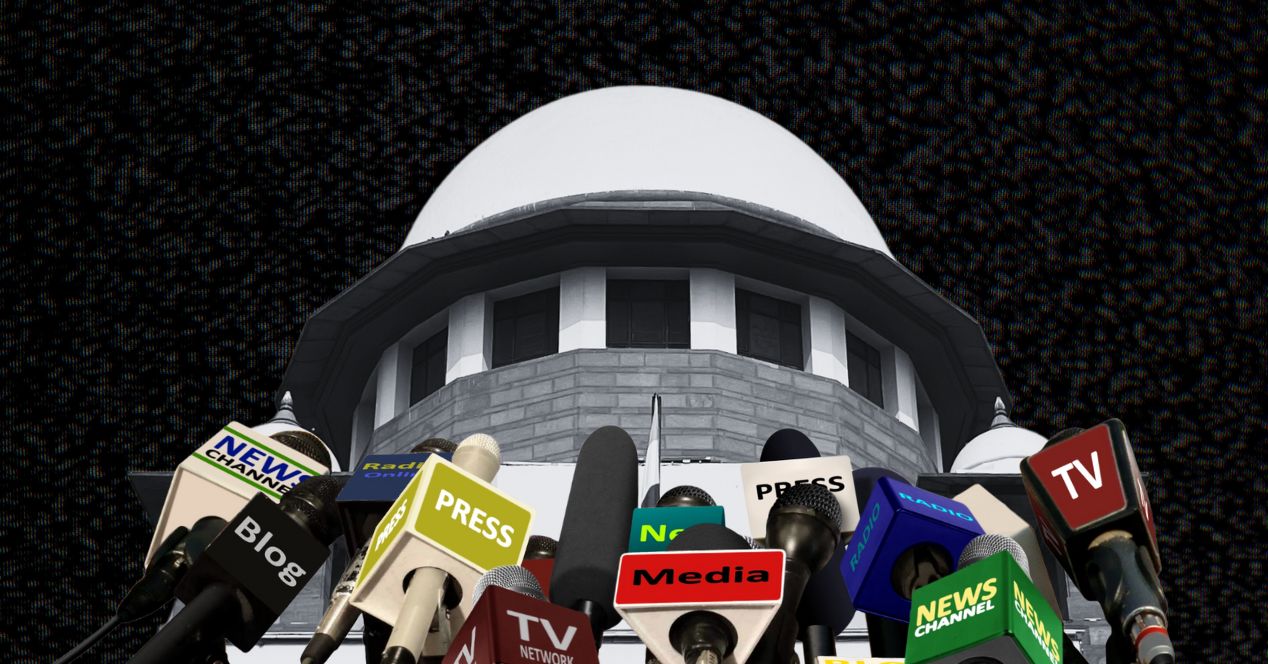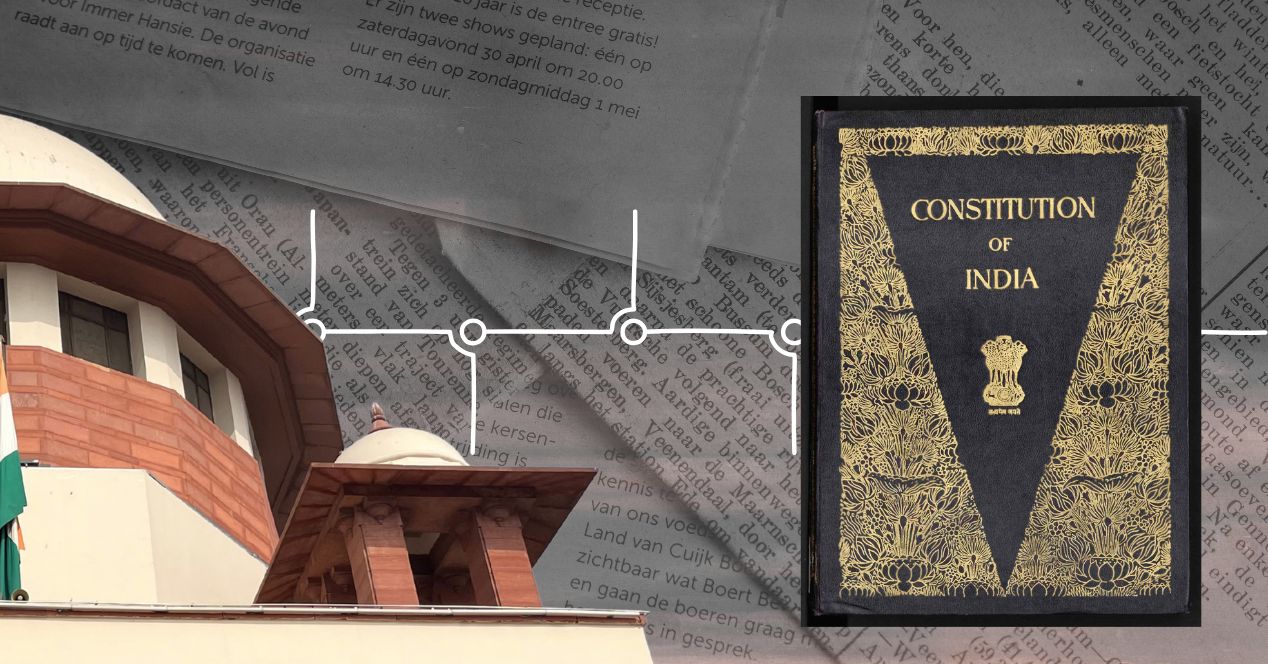Analysis
X relies on ‘Shreya Singhal’ in arbitrary content-blocking case in Karnataka HC
The social media company has taken the government to court over the legality of information blocking orders under Section 79 of the IT Act

On 25 July, Justice Nagaprasanna of the Karnataka High Court will resume hearing social media giant X Corp’s (formerly Twitter) writ petition challenging the legality of information-blocking orders issued by various government ministries and departments under Section 79(3)(b) of the Information Technology Act, 2000 (IT Act). The petition, filed on 5 March 2025, seeks a declaration that Section 79(3)(b) does not confer power to issue such blocking orders and that any such action can be taken only under Section 69A.
The context
The case arises from an Office Memorandum issued by the Ministry of Electronics and Information Technology on 31 October 2023. This memorandum directed all central ministries, state governments and local police officers to issue information blocking orders under Section 79(3)(b).
Further, it provided a ‘Template Blocking Order’ to be used in such cases. X argued that this route circumvents the procedure established under Section 69A of the IT Act. This includes the procedural safeguards upheld by the Supreme Court in Shreya Singhal v Union of India (2015).
Legal framework
Section 69A empowers the central government to issue directions to block public access to information for reasons such as national security, public order and prevention of incitement to crime. It mandates such orders be reasoned.
In contrast, Section 79 is a safe harbour provision for intermediaries. Clause 3(b) of the provision suggests that intermediaries lose the safe harbour protection if they do not act after receiving “actual knowledge” of unlawful content. The provision does not lay out a formal mechanism for blocking access.
X argues that using Section 79(3)(b) to issue content takedown orders sidesteps the constitutional safeguards embedded in Section 69A and upheld in Shreya Singhal. Before the High Court, as an example, X also pointed out that it received a notice from the Ministry of Railways to take down a video of a woman driving a car on a railway track. It questioned whether “every government official” can unilaterally issue content takedown notices, thereby creating a fragmented and inconsistent regulatory environment.
What does Shreya Singhal say?
The Supreme Court’s judgment in Shreya Singhal is a landmark ruling in India’s digital free speech jurisprudence. There, the Court struck down Section 66A of the IT Act for being unconstitutional. Section 66A criminalised the sending of offensive or misleading electronic communications. It penalised messages deemed grossly offensive or of menacing character; false information sent to cause annoyance, inconvenience, insult, injury, or hatred; and emails intended to annoy, mislead, or deceive recipients. Punishment under this provision could extend up to three years’ imprisonment and a fine.
In striking down the provision, the Supreme Court held that it imposed “vague” restrictions on speech by criminalising “offensive” or “menacing” content. The Court found that terms like “annoyance” and “inconvenience” granted excessive discretionary power to authorities, inviting arbitrary misuse and stifling legitimate expression, including satire and political dissent.
The Court ruled that speech on the internet enjoys the same constitutional protection as offline speech. It emphasised that vague laws have a chilling effect on free speech and violate Article 19(1)(a) of the Constitution unless they pass the test of reasonable restrictions under Article 19(2).
Crucially, the Court upheld the validity of Section 69A, noting that it includes adequate procedural safeguards such as the requirement of a reasoned order. The Court further noted that the IT Rules of 2009 prescribed other safeguards such as a hearing (Rule 8) and a review committee to check executive overreach (Rule 14).
The Judgement also read down Section 79(3)(b), clarifying that intermediaries are obligated to remove content only when directed by a court or a government authority under due process. This interpretation protected platforms from being compelled to comply with informal or arbitrary takedown notices, thereby reinforcing the legal framework that X now relies on in its challenge.
X Corp’s arguments
Before the Karnataka High Court, Senior Advocate K.G. Raghavan, appearing for X, contended that many of the takedown orders it receives lack uniformity and are issued without due process. He highlighted that only the Section 69A mechanism, as interpreted in Shreya Singhal, can be used for such orders. He claimed safe harbour protection as an intermediary for user-generated content and asserted that blocking content outside this process was unconstitutional.
Digipub, an association of digital media publishers represented by Senior Advocate Aditya Sondhi, intervened in support of X. Sondhi argued that such orders affect not just platforms but also content creators, whose published material is removed without notice. The intervenors also challenged Rule 3(1)(d) of the IT Rules, 2021, alleging that it was being misused to operationalise the Sahyog portal. Sahyog was launched in 2024 by the Union Home Ministry to expedite content-blocking orders and is managed by the Indian Cyber Crime Coordination Centre. The portal was “developed to automate the process of sending notices to intermediaries by the Appropriate Government or its agency under IT Act, 2000.”
Union’s submissions
Solicitor General Tushar Mehta appeared for the Union Government. He accused X Corp of misleading the court about the legal basis of the blocking orders and defended Section 79 as a “suitably tailored” regime that aligns with global best practices and balances stakeholders’ interests. At the hearing on 17 July 2025, the Union stressed the urgent need for stricter regulation in the digital space, citing increasing cybercrime, the growing influence of social media and the evolving threat landscape.
Further, Mehta argued that intermediaries like X must act responsibly and cannot claim fundamental rights under Article 19. Commercial speech, he said, enjoys only limited protection under Article 19(1)(a). X’s content does not meet the higher threshold of “propagation of ideas” or “social value.” He also suggested that Article 19 restrictions may be interpreted more expansively in this context. About the Sahyog portal, Mehta said that it exists purely for administrative convenience and promotes ease of doing business.
Lastly, the Union questioned X’s standing to file the petition. Mehta argued that, being a foreign, artificial entity, it lacks locus standi to invoke Article 226 or claim protection under Article 19. Only individual citizens of the country could exercise these rights, Mehta said.
The matter has been posted for further hearing on 25 July, when rejoinder submissions are expected to be heard.




